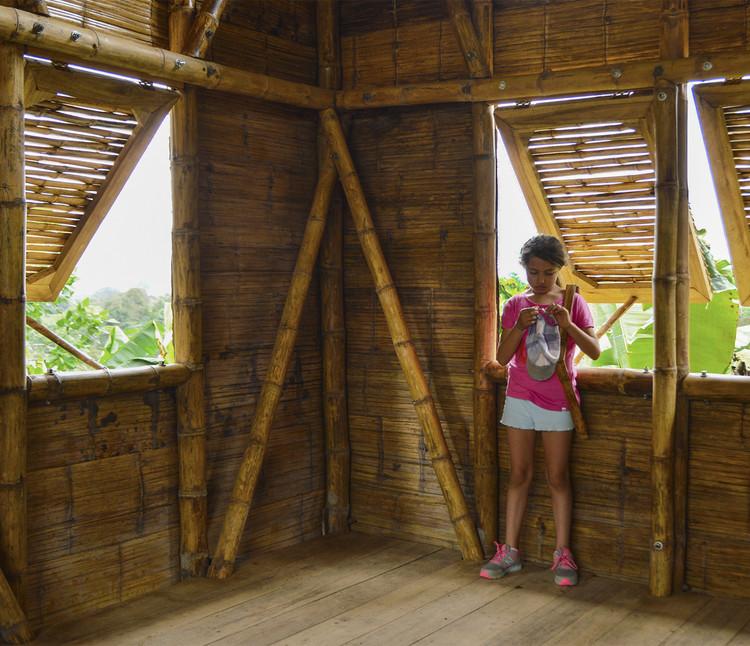
The series of articles developed by Nikos A. Salingaros, David Brain, Andrés M. Duany, Michael W. Mehaffy and Ernesto Philibert-Petit researches the peculiarities of social housing in Latin America. This time the authors explain a construction strategy through iterative design and the emergence of form.
Check out the previously published pieces:
- Design That Establishes Emotional Ownership
- Anti-Patterns of Social Housing in Latin America
- The Geometry of Control
- Socially-Organized Housing: Biophilia, Connectivity, and Spirituality
- The Experience of Christopher Alexander
A Construction Strategy for Socially-Organized Housing in Latin America


